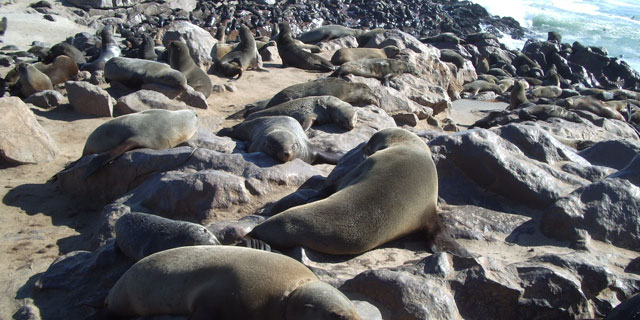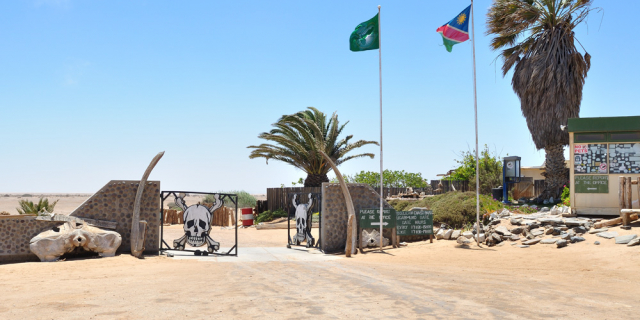Etosha National Park is a national park in northwestern Namibia and one of the largest national parks in Africa. It was proclaimed a game reserve in March 1907 in Ordinance 88 by the Governor of German South West Africa, Friedrich von Lindequist. It was designated as Wildschutzgebiet in 1958, and was awarded the status of national park in 1967, an act of parliament of the Republic of South Africa. It spans an area of 22,270 km2 (8,600 sq mi) and was named after the large Etosha pan which is almost entirely within the park. With an area of 4,760 km2 (1,840 sq mi), the Etosha pan covers 23% of the total area of the national park. The area is home to hundreds of species of mammals, birds and reptiles, including several threatened and endangered species such as the black rhinoceros. Sixty-one black rhinoceros were killed during poaching in Namibia during 2022, 46 of which were killed in Etosha.
The park is located in the Kunene region and shares...Read more
Etosha National Park is a national park in northwestern Namibia and one of the largest national parks in Africa. It was proclaimed a game reserve in March 1907 in Ordinance 88 by the Governor of German South West Africa, Friedrich von Lindequist. It was designated as Wildschutzgebiet in 1958, and was awarded the status of national park in 1967, an act of parliament of the Republic of South Africa. It spans an area of 22,270 km2 (8,600 sq mi) and was named after the large Etosha pan which is almost entirely within the park. With an area of 4,760 km2 (1,840 sq mi), the Etosha pan covers 23% of the total area of the national park. The area is home to hundreds of species of mammals, birds and reptiles, including several threatened and endangered species such as the black rhinoceros. Sixty-one black rhinoceros were killed during poaching in Namibia during 2022, 46 of which were killed in Etosha.
The park is located in the Kunene region and shares boundaries with the regions of Oshana, Oshikoto and Otjozondjupa.
By 1881, large game mammals like elephants, rhinoceroses and lions had been nearly exterminated in the region.[1] The proclamation of the game reserve helped some of the animals recover, but some species like buffalo and wild dogs have been extinct since the middle of the 20th century. A writer from Otjiwarongo was appointed game warden in 1951, and he considered the grasslands to be severely overgrazed. A bone meal plant was constructed near Rietfontein, and culling of zebras and wildebeests began in 1952. Official records indicate 293 zebras and 122 wildebeest were processed at the plant, but conservationists claimed thousands had been culled and successfully forced the plant's closure during the same year. The drought that began in the year 1980 resulted in the largest capture and culling operation in the history of the park.[1] 2235 mountain zebras and 450 plains zebras were captured, culled or sold. 525 elephants were culled and processed at a temporary abattoir near Olifantsrus.
Since 2005, the protected area is considered part of a Lion Conservation Unit.[2]




























Add new comment